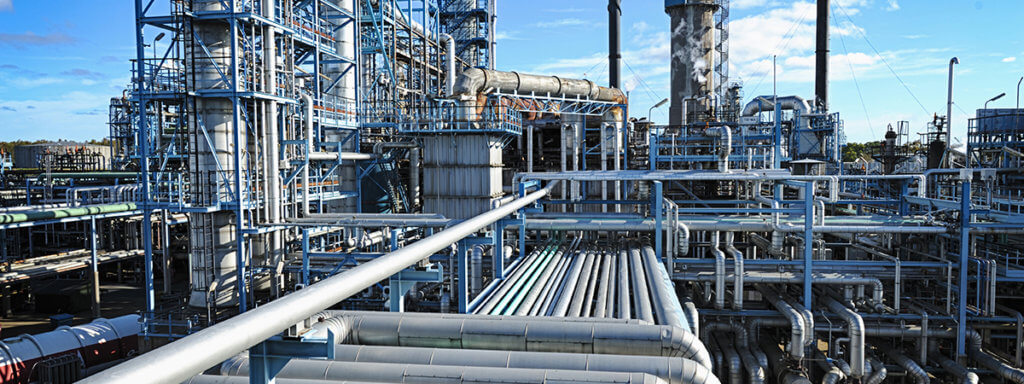Confined space is extensively spread at petrochemical and gas refining plants, oil refining, underground areas, such as oil storage tanks, sewage collectors and other areas. The dangers that can be faced when working in confined spaces can result in bodily injury, disease and even death of the operative.
It is estimated that working in confined spaces to be 100 to 150 times more hazardous than operating on an exposed site. Unfamiliar areas and their interior environments with confined space characteristics should always be treated as confined spaces considering all necessary safety precautions.

So, what is a Confined Space?
A space which is:
- Enclosed or partly enclosed beneath atmospheric pressure, not initially or intentionally designed as working location.
- Exposed to an atmosphere which potentially contains excessive contamination levels.
- Which experiences lack or excessive content of oxygen.
- Causes absorption.
- Limited means of entry and escape.
Examples of Confined Spaces
- Storage tanks, road tankers, boilers, bins, pipelines and other tank-type compartments
Cavities, pits - Mine shafts and tunnels
- Any ship spaces accessed through a hatch or an access point,
cargo tanks (except for dry cargo holds)
Confined Space Gas Detection
There can be many atmospheric dangers when entering unexplored confined spaces. Proactively identifying the danger before each space entry to work safely, it is essential to conduct a complete atmosphere analysis, as well as continuously monitoring the atmosphere.
Specifically designed for personal sampling and monitoring, SCCS offers a wide portfolio of strong portable gas detectors and accessories from MSA.